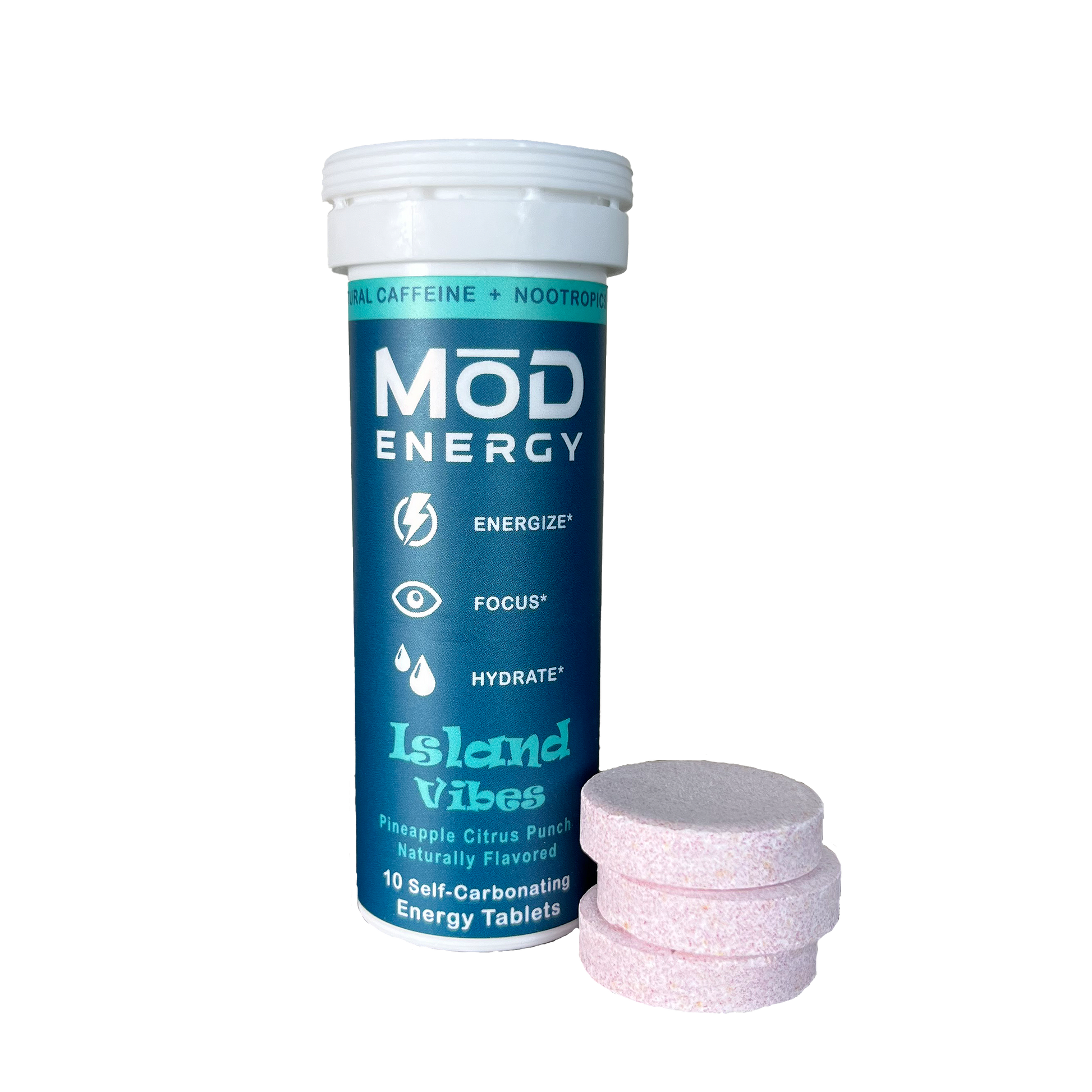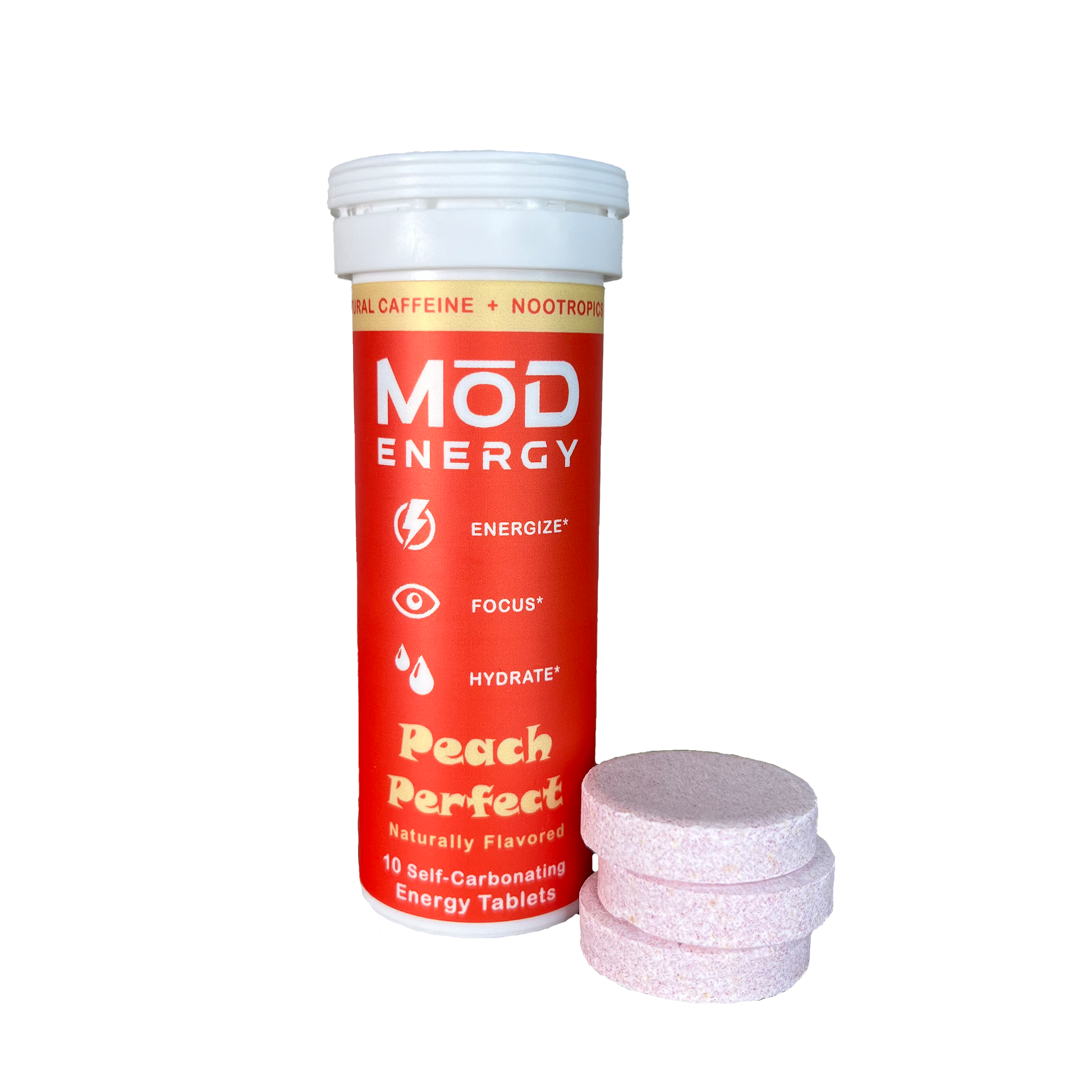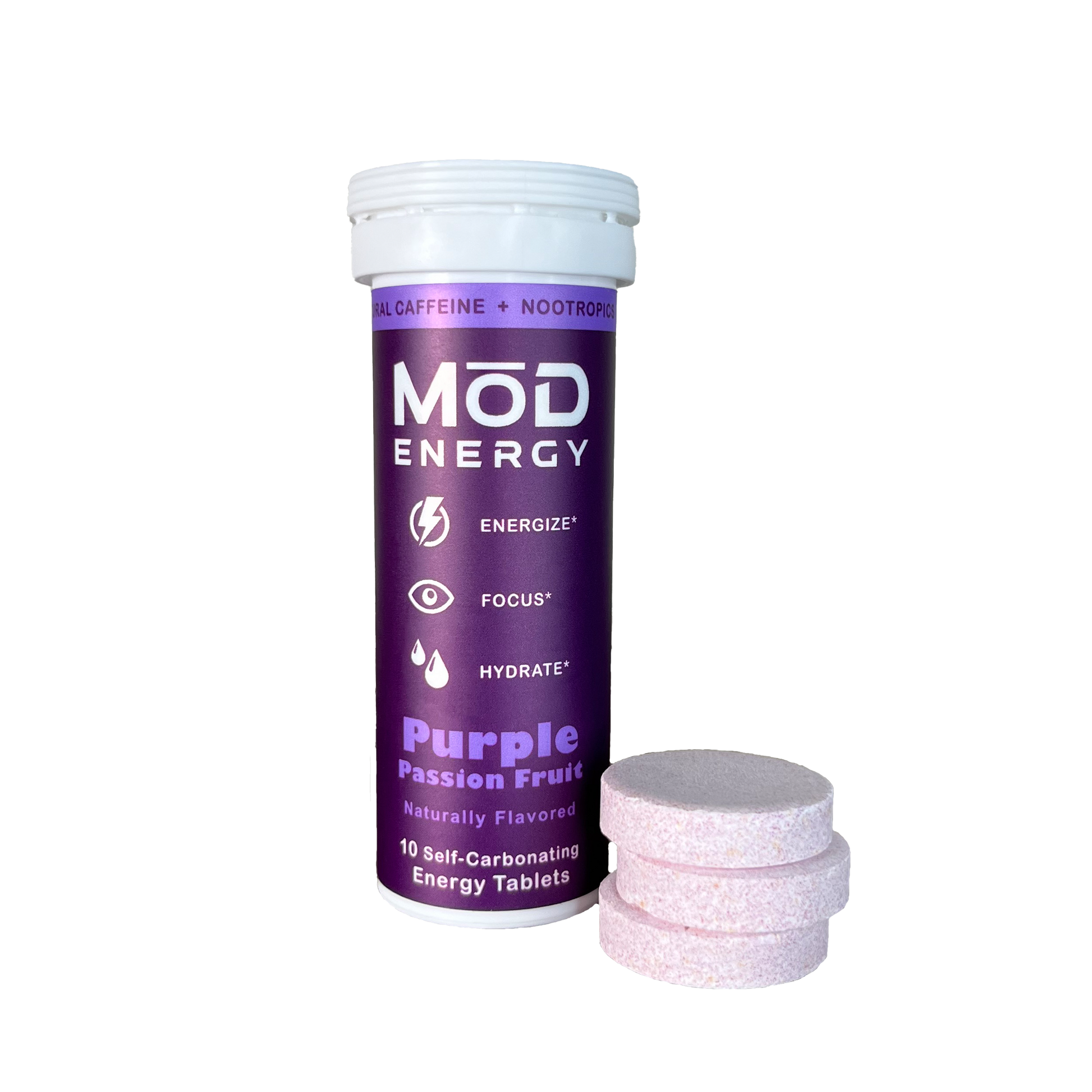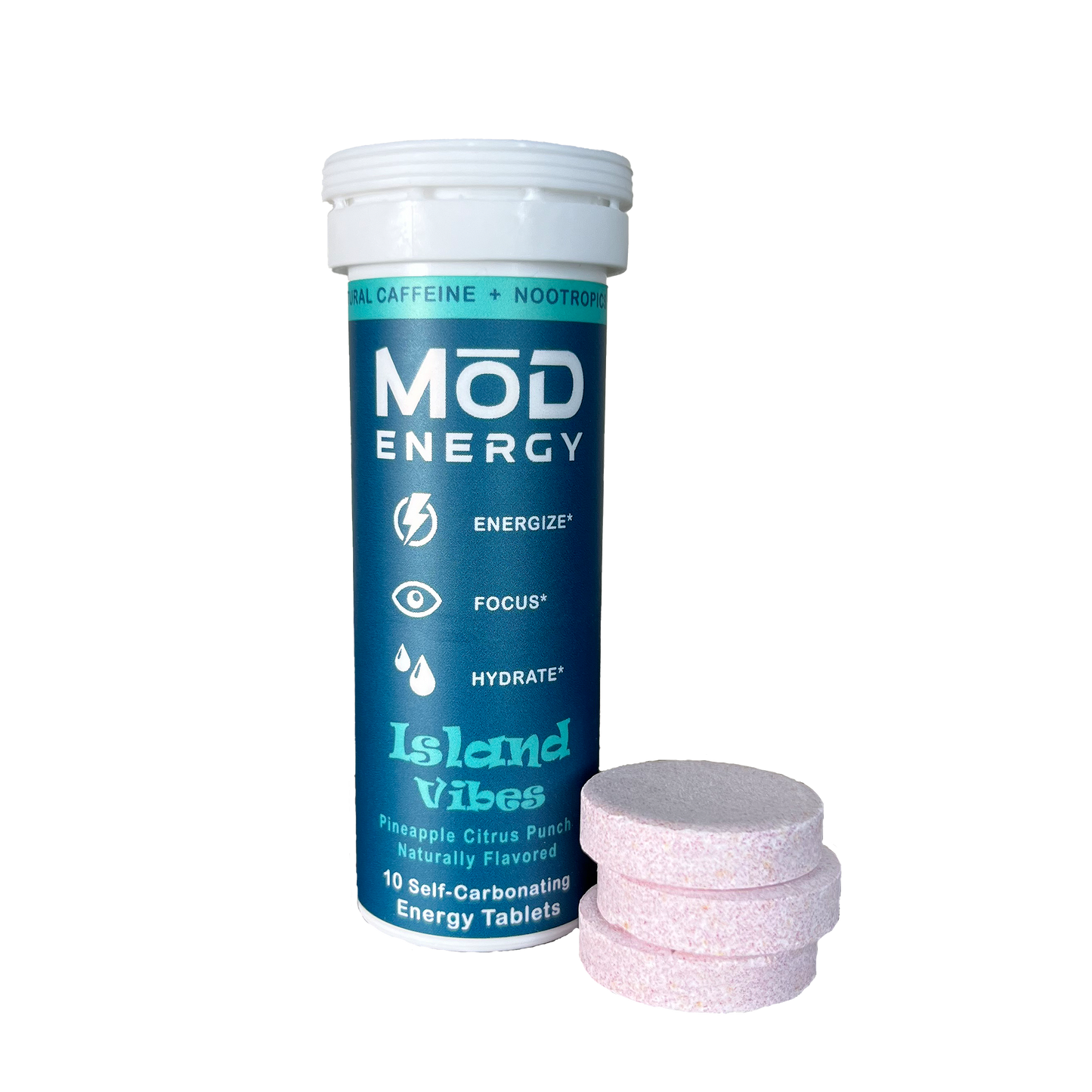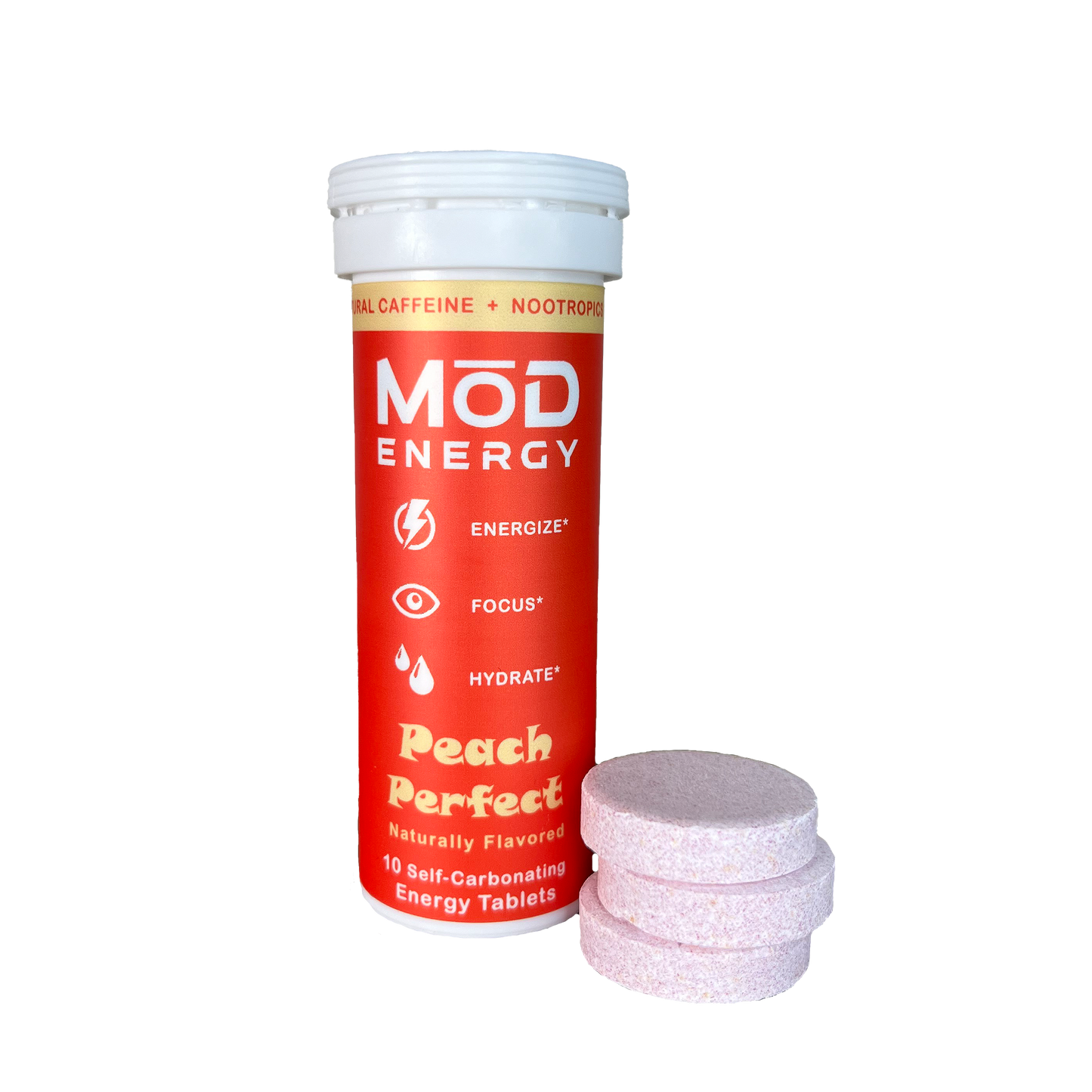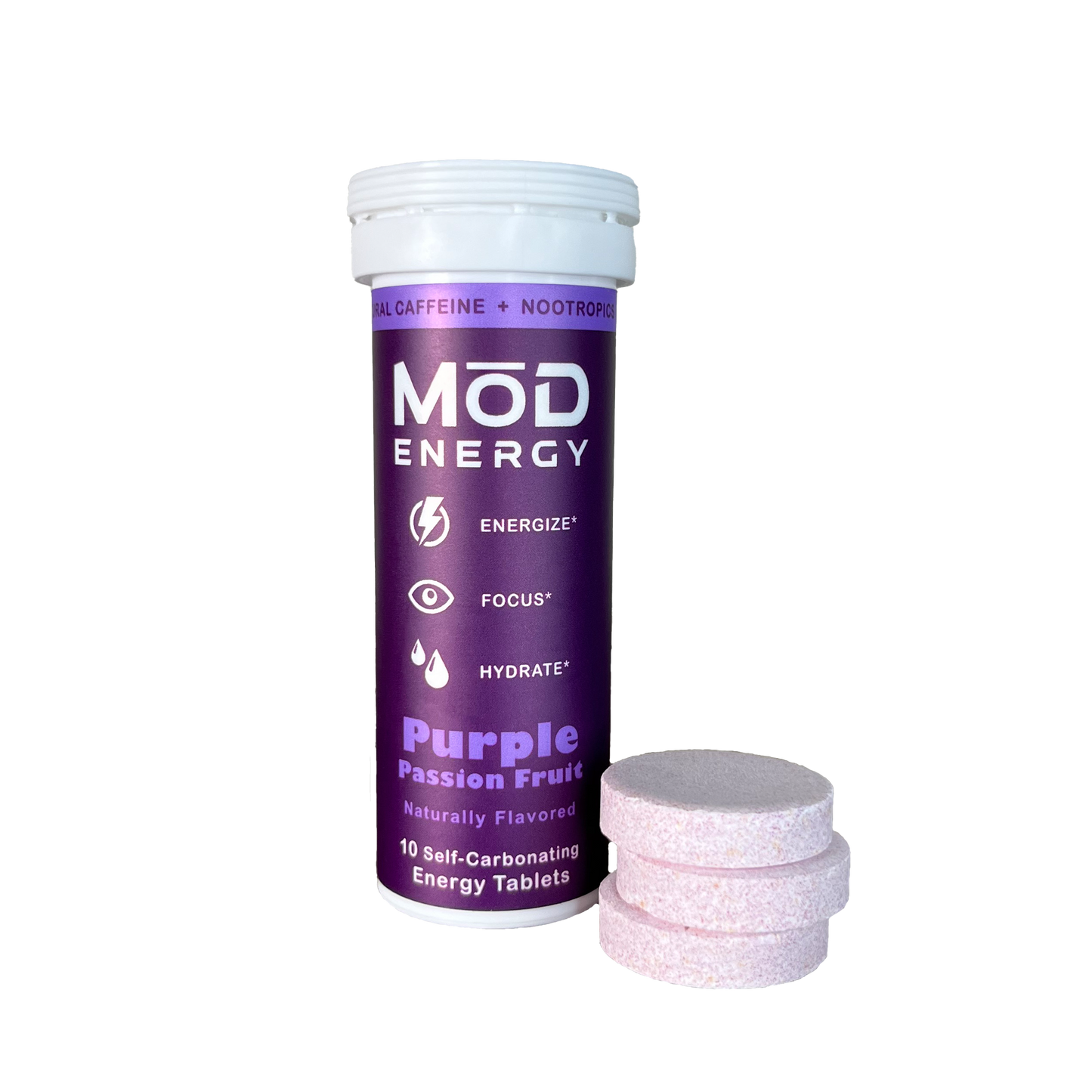In the realm of household staples, sodium bicarbonate, more commonly known as baking soda, emerges not just as a culinary necessity but also as a versatile ingredient with myriad health benefits. From its traditional role in baking to its therapeutic applications, sodium bicarbonate stands as a testament to the wonders of natural remedies. In this comprehensive overview, we delve into the various health-promoting properties of sodium bicarbonate and its ingenious utilization in effervescent tablets, backed by scientific evidence.
Understanding Sodium Bicarbonate
Sodium bicarbonate, with its chemical formula NaHCO₃, is a compound composed of sodium, hydrogen, carbon, and oxygen. This white, crystalline substance possesses alkaline properties, making it an effective pH regulator in both culinary and medicinal contexts. Its widespread availability and low cost have rendered it indispensable in numerous applications beyond the kitchen.
Health Benefits of Sodium Bicarbonate
Digestive Aid: One of the most acclaimed uses of sodium bicarbonate lies in its ability to alleviate digestive discomfort. Its alkaline nature neutralizes excess stomach acid, offering relief from conditions such as acid reflux, indigestion, and heartburn.
Kidney Health: Studies suggest that sodium bicarbonate supplementation may benefit individuals with chronic kidney disease by slowing the progression of renal dysfunction and reducing the risk of kidney stones formation. The alkalinity of sodium bicarbonate aids in maintaining optimal pH levels in the body, thereby supporting renal function.
Exercise Performance: Athletes often turn to sodium bicarbonate as an ergogenic aid due to its potential to buffer lactic acid buildup during intense physical activity. This buffering effect may delay the onset of muscle fatigue, thereby enhancing exercise performance.
Harnessing the Power of Sodium Bicarbonate in Effervescent Tablets
Effervescent tablets represent a convenient and efficient method of delivering various active ingredients, with sodium bicarbonate frequently playing a pivotal role. These tablets typically contain a combination of sodium bicarbonate and an acid source, such as citric acid or tartaric acid. When dissolved in water, the acid-base reaction produces carbon dioxide bubbles, resulting in effervescence.
Advantages of Effervescent Tablets Incorporating Sodium Bicarbonate
Enhanced Bioavailability: The effervescent formulation facilitates rapid dissolution and absorption of active ingredients, leading to improved bioavailability compared to conventional tablets or capsules.
Gentle on the Stomach: The buffered pH of effervescent solutions reduces the likelihood of gastric irritation, making them suitable for individuals with sensitive stomachs.
Customizable Formulations: Effervescent tablets offer flexibility in formulating precise dosages and combinations of active ingredients, allowing for tailored solutions to specific health concerns.
Palatability: The effervescent nature of these tablets often masks the taste of less palatable ingredients, boosting flavor experience.
Sodium bicarbonate, with its remarkable array of health benefits and versatile applications, continues to captivate both culinary enthusiasts and health-conscious individuals alike. From its role as a digestive aid to its integration into effervescent tablets, the therapeutic potential of sodium bicarbonate remains undeniable. As research advances, further exploration into its multifaceted properties promises to unveil even more insights into this humble yet extraordinary compound.
References:
Gaglio, P. J., Marro, K. I., & Baliga, R. (2018). Sodium bicarbonate. In StatPearls [Internet]. StatPearls Publishing.
Hu, M. I., Craig, C. M., Cao, B., Dworkin, L. D., & Souza, A. (2018). Chronic bicarbonate supplementation increases urinary pH and citrate in patients with recurrent calcium oxalate stone formation. Urology, 114, 49-54.
McNaughton, L. R., & Cedaro, R. (1992). The effect of sodium bicarbonate on rowing ergometer performance in elite rowers. Australian Journal of Science and Medicine in Sport, 24(4), 100-103.


